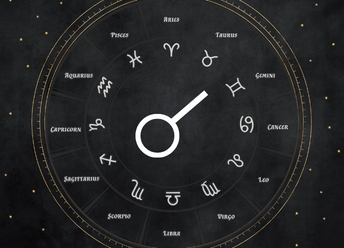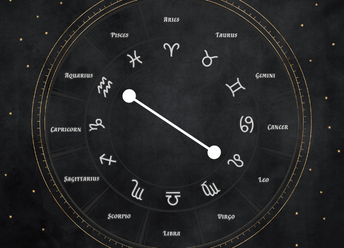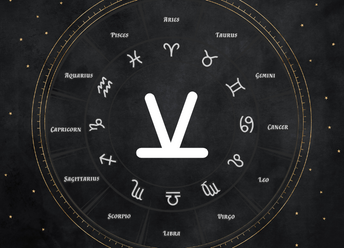ASPECTS
Aspects in Astrology Explained
Aspects and transits are the manner in which planets engage with one another. Are they tense (square aspect)? Are they dynamically opposed (opposition)? Or are they in harmony with one another (trine)? These are fundamental ways
/div
CONJUNCTION – 0 degrees
The planets act in unison with one another, harmonized to the same frequency. They combine to form a new planetary meaning from what they would be originally. Conjunctions can vary greatly depending on the nature of planets involved.
SQUARE – 90 degrees
This is a point of tension, where one or the other may pass. Square aspects motivate people to get work done and to overcome obstacles in life.
Opposition – 180 degrees
This is a dynamic tug-of-war between opposing energies, which can move into extremes. These aspects can represent a challenge in identity or a balance that must be struck in order to move forward.
Inconjunct – 150 degrees
The two planets that remain inconjunct one another have vastly different intentions and approaches to an area of life. They can unconsciously help or hinder one another unless more conscious awareness is established within a person.
Sextile – 60 degrees
Although not as powerful as the trine, the sextile brings a lot of energy, enthusiasm, skill, and luck. These are often the best aspects to have in your birth chart, as they provide just enough tension and motivation to get you moving.







